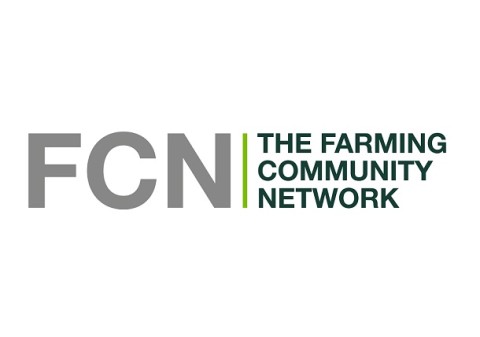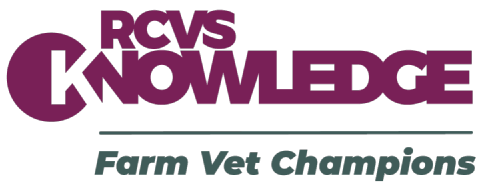As farm vets we will work in all weathers, come rain or shine, and in the longer term, it is predicted that a consequence of climate change will mean we will experience increasingly warm summers in the future. So, how prepared are we as vets to cope with the challenges that heat and farm work present?
Whilst of course we must always maintain biosecurity on and between farms, there are some acceptable and feasible alternatives to heavy wellies and waterproofs on hot days:
Suitable PPE – things to think about ...
- Rubber boots that are easy to clean.
- All protective clothing must cover any normal clothing completely, be clean or arrival, suitable for cleansing and disinfecting or can be removed and sealed in a bag prior to leaving the premises.
- Protective clothing can be any of the following: Waterproofs (trousers and jacket), a paper disposable suit, or a boiler suit (this should only be worn on one premise and returned to the practice for laundering before reuse). Providing that there is somewhere suitable to change on the farm, it may be cooler to wear minimal clothing underneath an outer disposable paper or boiler suit, which can then be removed and sealed in a plastic bag before leaving the farm.
Tactics for working in high temperatures
- Start the test as early in the day as possible so neither yourself or the cattle are moving in the heat of the day and cattle can be gathered in early morning.
- Carry plenty of water and electrolytes - freezing bottles of water the night before can mean they stay cooler for longer. Orange segments are easy to carry and provide hydration. Take short, frequent breaks.
- Small, battery-operated, hand-held fans offer some relief.
- Sunhats and high factor sun cream are essential for protection.
Impact on cattle
We must not of course forget the impact the heat has on cows too. Heat stress may not be a condition that we are especially used to diagnosing, but the heatwave has led to an increased risk of health issues directly or indirectly associated with ‘heat stress’ – such as reduced herd fertility, reduced milk yields and changes in compositions, and an increased mastitis risk. On an individual basis, respiratory disease levels and digestive conditions can occur as a result of variable and depressed feed intakes throughout the day.
Dairy cows are homeothermic animals and need to maintain a constant body temperature of 38.8 +/- 0.5. If they can’t maintain this, then clinical signs of heat stress can become evident. Heat stress is not only related to ambient temperature, but is also associated with increased humidity, solar radiation and decreased air movement. Heat stress occurs because cattle cannot dissipate their heat load effectively. They do not sweat effectively and usually rely on respiration to cool themselves. They acquire a heat load during the day, and dissipate heat at night, when the air is cooler, with it taking at least 6 hours for cattle to dissipate their heat load. This has implications for moving cattle in the evening, as they may not have yet shed their heat load from the day. Heavier cattle and those with darker coat colours are reportedly more susceptible to heat stress, as well as certain breed predilections.
Clinically affected animals are lethargic, tachypnoeic and often dyspnoa with signs of open mouth “panting” and drooling. Groups of affected cattle can show altered behaviours such as grouping closely together in the shade and refusing to lie down. As with many diseases, the clinical cases represent only a small fraction of affected animals, with many sub clinically affected.
Ensure that there is constant access to fresh water that gets instantly and constantly refilled - individual cows can drink more than 100L a day in hot or humid conditions. They should not have to walk more than 250m to access water or shade, as they will need to drink more frequently (up to 6 times day).
For cattle being fed daily, it is often sensible to feed later or move to new grazing later in the afternoon. This is due to the heat produced by the fermentation process within the rumen. This peaks 4-6 hours post feeding, so feeding later in the day allows this process to occur in the night, when it is cooler. Nutrition with a higher fibre content increase the heat of fermentation, so select feed quite carefully. Cows will also sort rations more selectively and leave the fibre.
If it is necessary to move cattle, then it should be done early in the day. If dairy cattle need to walk long distances to the parlour, then milk earlier in the morning and afternoon, or consider once a day morning milking for a short period (with due care to cell count rises). Ensuring large areas of good quality shade outdoors is key, with large canopy tress playing an important role.
For housed cows, ensuring efficient ventilation in the buildings is essential. In addition to this, fans and sprinkler systems can be installed. Ensure stocking density is appropriate. With all stock, the heat and humidity bring flies, so ensuring sufficient and appropriate fly control is essential.
We hope this guidance has been helpful. If you have strategies and stories you want to share to show how you beat the heat – we’d love to hear them and share them with your fellow members. Email [email protected] with Beat the Heat in the subject field.






